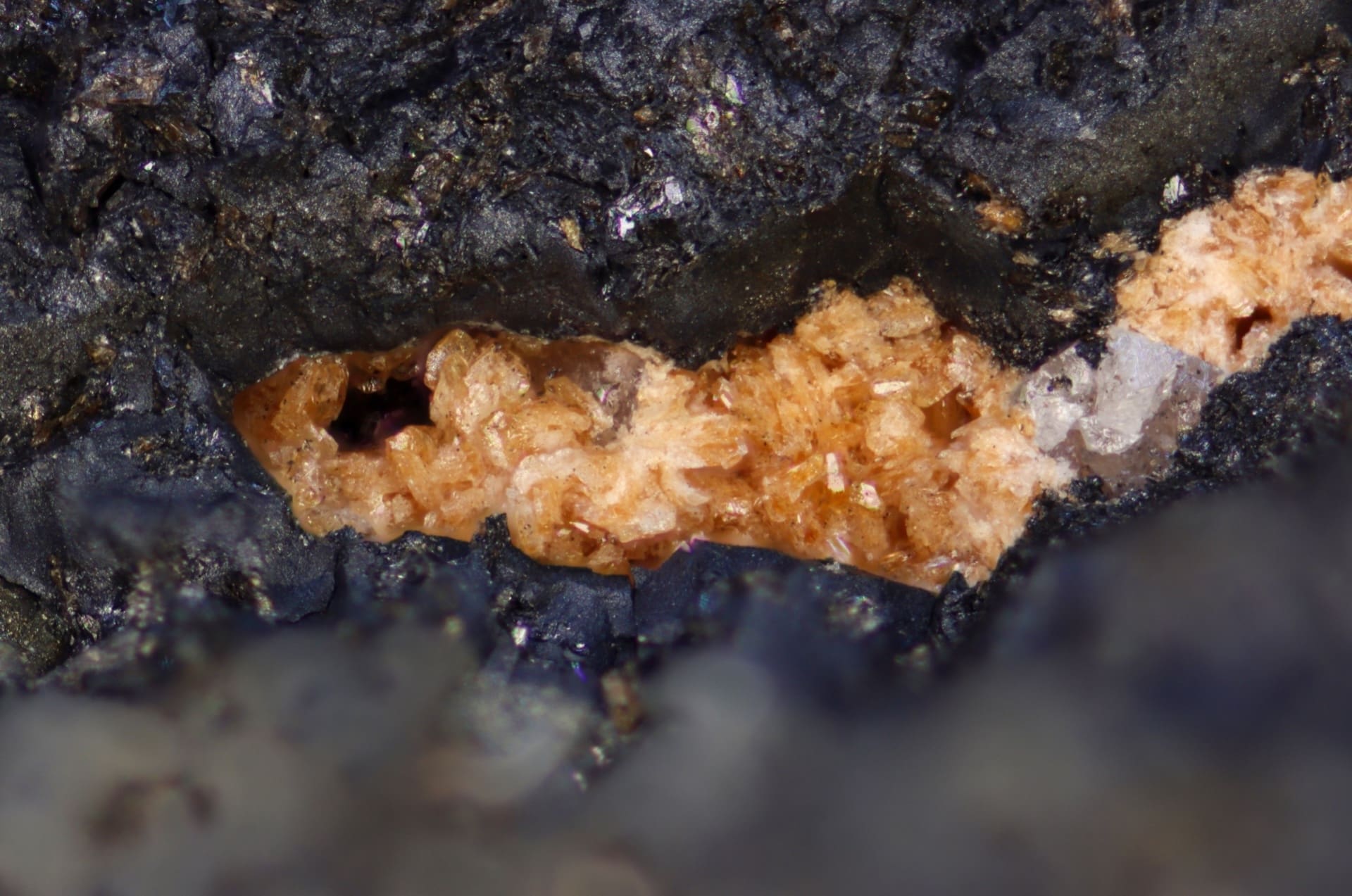
Cabalzarite is a rare and fascinating mineral that has captured the interest of geologists and collectors alike. Found in only a few locations worldwide, this unique mineral boasts a striking appearance and intriguing properties. But what exactly makes Cabalzarite so special? From its chemical composition to its formation process, there are numerous aspects that contribute to its allure. In this blog post, we'll delve into 30 captivating facts about Cabalzarite, shedding light on its origins, uses, and the reasons behind its rarity. Whether you're a seasoned mineral enthusiast or just curious about the natural world, these facts will provide a comprehensive overview of this extraordinary mineral.
Key Takeaways:
- Cabalzarite is a rare mineral named after Dr. Hans Cabalzar, found in the Swiss Alps. It has unique properties, including fluorescence and healing beliefs, making it a prized specimen for collectors and a subject of scientific study.
- This mineral, with its glass-like appearance and historical significance, is a fascinating subject for geologists and mineral enthusiasts. It has been featured in museums and publications, and continues to intrigue researchers and collectors worldwide.
What is Cabalzarite?
Cabalzarite is a rare mineral that has intrigued geologists and mineral enthusiasts alike. Found in specific geological settings, this mineral has unique properties and a fascinating history. Let's dive into some intriguing facts about Cabalzarite.
-
Cabalzarite is named after Swiss mineralogist Dr. Hans Cabalzar, who first identified it in the early 20th century.
-
This mineral is primarily found in Switzerland, particularly in the Swiss Alps, where it was first discovered.
-
Cabalzarite belongs to the carbonate mineral group, which means it contains carbonate ions (CO3) in its structure.
-
The chemical formula for Cabalzarite is CaZn(CO3)2, indicating it contains calcium, zinc, and carbonate.
-
It typically forms in hydrothermal veins, which are fractures in rocks filled with mineral-rich water.
-
Cabalzarite crystals are usually small, often less than a centimeter in size, making them a challenge to collect.
-
The color of Cabalzarite ranges from white to pale yellow, depending on impurities present in the mineral.
-
It has a vitreous luster, giving it a glass-like appearance when light reflects off its surface.
-
Cabalzarite has a Mohs hardness of 3.5 to 4, making it relatively soft compared to other minerals.
-
This mineral is often associated with other zinc-bearing minerals like smithsonite and hemimorphite.
Unique Properties of Cabalzarite
Cabalzarite's unique properties make it a subject of study for mineralogists and collectors. Here are some of its distinctive characteristics.
-
Cabalzarite exhibits perfect cleavage in one direction, meaning it breaks smoothly along specific planes.
-
It has a specific gravity of 3.8, which is relatively high for a carbonate mineral.
-
Under ultraviolet light, Cabalzarite can fluoresce, emitting a bright yellow glow.
-
This mineral is soluble in dilute hydrochloric acid, a common test used to identify carbonate minerals.
-
Cabalzarite's crystal system is trigonal, meaning its crystals form in a threefold symmetry.
-
It often forms as rhombohedral crystals, which are shaped like distorted cubes.
-
The refractive index of Cabalzarite ranges from 1.62 to 1.64, affecting how light bends as it passes through the mineral.
-
Cabalzarite can sometimes contain trace amounts of iron, giving it a slightly reddish tint.
-
This mineral is often found in association with metamorphic rocks, which have been altered by heat and pressure.
-
Cabalzarite is not radioactive, making it safe to handle and collect.
Historical and Cultural Significance
Cabalzarite has not only scientific importance but also historical and cultural significance. Here are some interesting facts about its history and uses.
-
The first documented discovery of Cabalzarite was in 1905 by Dr. Hans Cabalzar.
-
Cabalzarite was initially mistaken for smithsonite due to its similar appearance and properties.
-
This mineral has been used in geological studies to understand the formation of hydrothermal veins.
-
Cabalzarite specimens are highly prized by mineral collectors due to their rarity and unique properties.
-
In some cultures, Cabalzarite is believed to have healing properties, particularly for ailments related to the throat and lungs.
-
Cabalzarite has been featured in several mineralogical journals and publications, highlighting its significance in the field.
-
Museums around the world, including the Natural History Museum in London, have Cabalzarite specimens in their collections.
-
Cabalzarite is often used in educational settings to teach students about carbonate minerals and their properties.
-
This mineral has been the subject of several scientific studies aimed at understanding its formation and properties.
-
Cabalzarite continues to be a topic of interest for researchers and collectors, ensuring its place in the world of mineralogy.
Final Thoughts on Cabalzarite
Cabalzarite, a rare and fascinating mineral, has captured the interest of geologists and collectors alike. Its unique properties and striking appearance make it a standout among minerals. Found primarily in specific regions, this mineral's rarity adds to its allure. Cabalzarite's chemical composition and crystal structure are subjects of ongoing research, revealing more about its formation and potential uses.
Understanding cabalzarite's significance extends beyond its beauty. It offers insights into geological processes and the Earth's history. For collectors, owning a piece of cabalzarite is like holding a fragment of the planet's intricate puzzle. As science progresses, new discoveries about cabalzarite may emerge, further enhancing its value and importance.
In essence, cabalzarite is more than just a mineral; it's a window into the natural world's complexity and wonder. Whether you're a scientist or a collector, cabalzarite's charm is undeniable.
Frequently Asked Questions
Was this page helpful?
Our commitment to delivering trustworthy and engaging content is at the heart of what we do. Each fact on our site is contributed by real users like you, bringing a wealth of diverse insights and information. To ensure the highest standards of accuracy and reliability, our dedicated editors meticulously review each submission. This process guarantees that the facts we share are not only fascinating but also credible. Trust in our commitment to quality and authenticity as you explore and learn with us.
